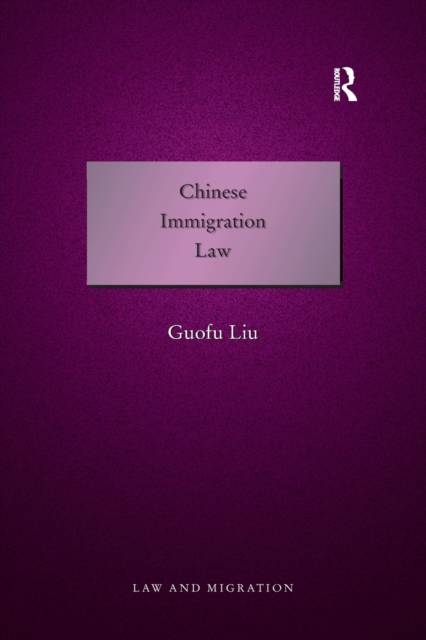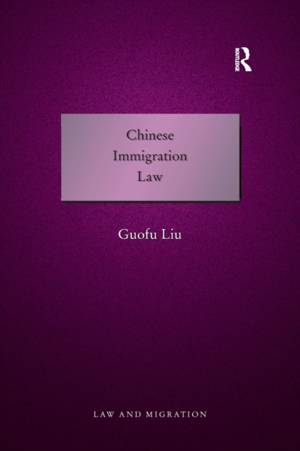
- Afhalen na 1 uur in een winkel met voorraad
- Gratis thuislevering in België vanaf € 30
- Ruim aanbod met 7 miljoen producten
- Afhalen na 1 uur in een winkel met voorraad
- Gratis thuislevering in België vanaf € 30
- Ruim aanbod met 7 miljoen producten
Zoeken
Omschrijving
Lacking a single immigration code, Chinese immigration law is widespread, encompassing a variety of laws, regulations and policies, some of which are internal and closed. There is also no immigration cases system. These factors have combined to make the study and understanding of the system difficult for those outside or unfamiliar with this area of Chinese law. To add to this complexity, since the reform and opening-up policy in 1978, Chinese immigration law has been experiencing significant change. In particular, that brought about by the acceptance of a market economy in 1991, and with access to World Trade Organization membership in 2001. Due to the dilation of the legislation, the issue of conflict between Chinese immigration law and other Chinese laws has become serious. This book provides a comprehensive, up-to-date, and readily-accessible reference to Chinese immigration law. It provides the necessary detail, insight and background information for a thorough understanding of this complex system. The book has been written on the basis of Chinese statutes while also including coverage of the relevant international instruments. The work draws on and compares Chinese and English language sources, making it an invaluable resource for both Chinese and non-Chinese readers alike.
Alleen bij Standaard Boekhandel
+ 210 punten op je klantenkaart van Standaard Boekhandel
Beoordelingen
We publiceren alleen reviews die voldoen aan de voorwaarden voor reviews. Bekijk onze voorwaarden voor reviews.












